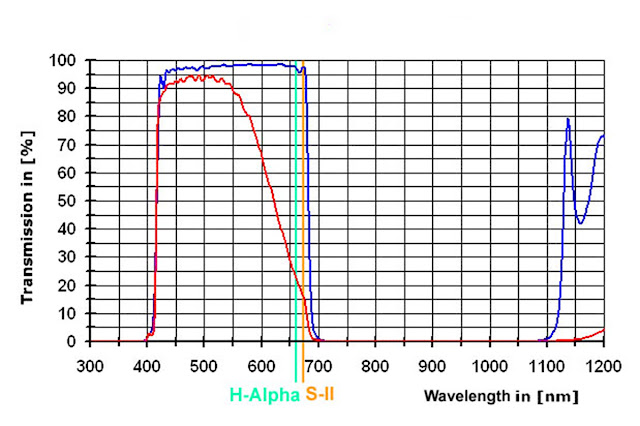June 4 2016  |
| The Eastern Veil |
Nikon D5300A, Skywatcher ED80 + IDAS-LPS D1
+ 0.85x Focal Reducer/Corrector
Skywatcher EQ-3 Synscan, guided, ISO 400 4 mins x 44
Caldwell 33 or simply know as The Eastern Veil is a supernova remnant in the Cygnus Constellation. It is part of a much larger nebula known as the Cygnus loop. This is a fairly large nebula but with very low surface brightness. I used my modified D5300 for this target, and not surprisingly it performed very well on recording the H-Alpha of the nebula but then again, this is supposed to be an Oxygen III rich nebula which means there should be more greens and blues. Somehow those colors were suppressed. It could be the new light pollution filter but I am not complaining. Compare the image of the Western Veil that I acquired last year, the green colors are more prominent but with suppressed red response. The overall green cast is due to post processing, common with most astro photos.
 |
| The Western Veil |
The Western Veil (Caldwell 34) - Stock Nikon D610, no filter. Summer of 2015
















